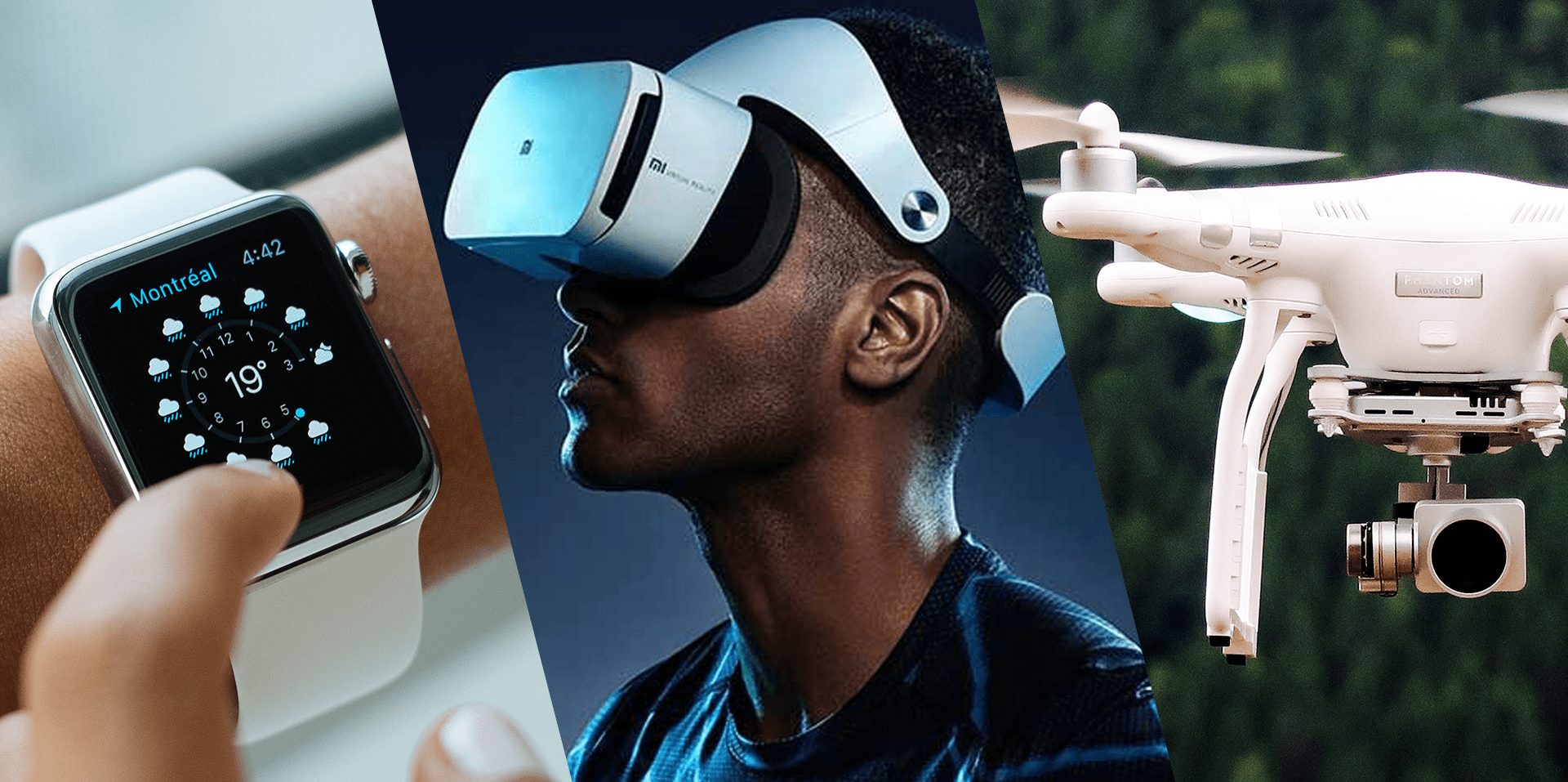Virtual Reality (VR) technology continues to advance and become more immersive and interactive. Some emerging trends include wireless VR headsets, social VR, VR arcades, VR for training and education, augmented and mixed reality, virtual reality therapy, hand and finger tracking, photorealistic VR, virtual marketplaces, and eye-tracking technology. These trends are changing the way we experience and interact with virtual environments and have the potential to revolutionize social media, education, mental health treatment, and even the global economy. As graphics technology continues to improve, the level of detail and realism in VR environments only gets better. VR technology is constantly evolving, and these emerging trends are just the beginning.
10 Emerging Trends in Virtual Reality Technology
Virtual Reality (VR) has been gaining popularity for the past few years, with VR headsets and experiences becoming more accessible to consumers. As technology continues to advance, VR is becoming more immersive and interactive. Here are 10 emerging trends in virtual reality technology.
1. Wireless VR Headsets
Gone are the days of being tethered to a computer or game console for a VR experience. Wireless VR headsets allow for greater freedom of movement and eliminate the need for cords, making the experience more seamless and comfortable. Companies like Oculus and HTC have already released wireless VR headsets, and more are sure to follow.
2. Social VR
Virtual Reality is no longer a solitary experience. Social VR allows users to interact with others in a virtual space, promising to revolutionize social media and online gaming. Rec Room, VRChat, and AltspaceVR are just a few of the social VR platforms available.
3. VR arcades
VR arcades are popping up all over the world, offering an immersive and affordable way to experience VR. These arcades offer a variety of games and experiences using high-end VR equipment that may be too expensive for the average person to own.
4. VR for training and education
Virtual Reality has enormous potential for training and education. VR simulations can be used to train pilots, doctors, firefighters, and more without the need for real-life scenarios. The technology can also be used in education to create immersive, interactive experiences for students.
5. Augmented Reality (AR) and Mixed Reality (MR)
Augmented Reality (AR) and Mixed Reality (MR) offer a unique blend of the real world and virtual environments. AR overlays digital objects onto the real world, while MR merges real-world and virtual environments in real-time. Companies like Microsoft’s HoloLens and Magic Leap are leading the way in creating AR/MR experiences.
6. Virtual Reality Therapy
Virtual Reality therapy is a new way to treat mental health conditions like anxiety, PTSD, and phobias. VR simulations can create a safe and controlled environment for patients to face their fears and work through traumatic experiences.
7. Hand and Finger Tracking
Hand and Finger tracking technology allows users to interact with VR environments using their hands instead of traditional controllers. Companies like Leap Motion and Manus VR are at the forefront of developing this technology.
8. Photorealistic VR
As graphics technology continues to advance, VR experiences are becoming more photorealistic. The level of detail and realism in VR environments is constantly improving, making the experience even more immersive.
9. Virtual Marketplaces
Virtual Marketplaces like Sansar and High Fidelity allow users to buy and sell virtual goods and services using blockchain technology. This new market has the potential to change the way we buy and sell products, creating a more decentralized, global economy.
10. Eye-tracking technology
Eye-tracking technology allows for a more natural and intuitive VR experience. By tracking eye movements, VR designs can be optimized for better immersion, and users can interact with virtual objects and environments more easily.
In conclusion, Virtual Reality technology is constantly evolving, and these emerging trends promise to change the way we experience and interact with virtual environments. From wireless headsets to virtual therapists, the possibilities are endless.
